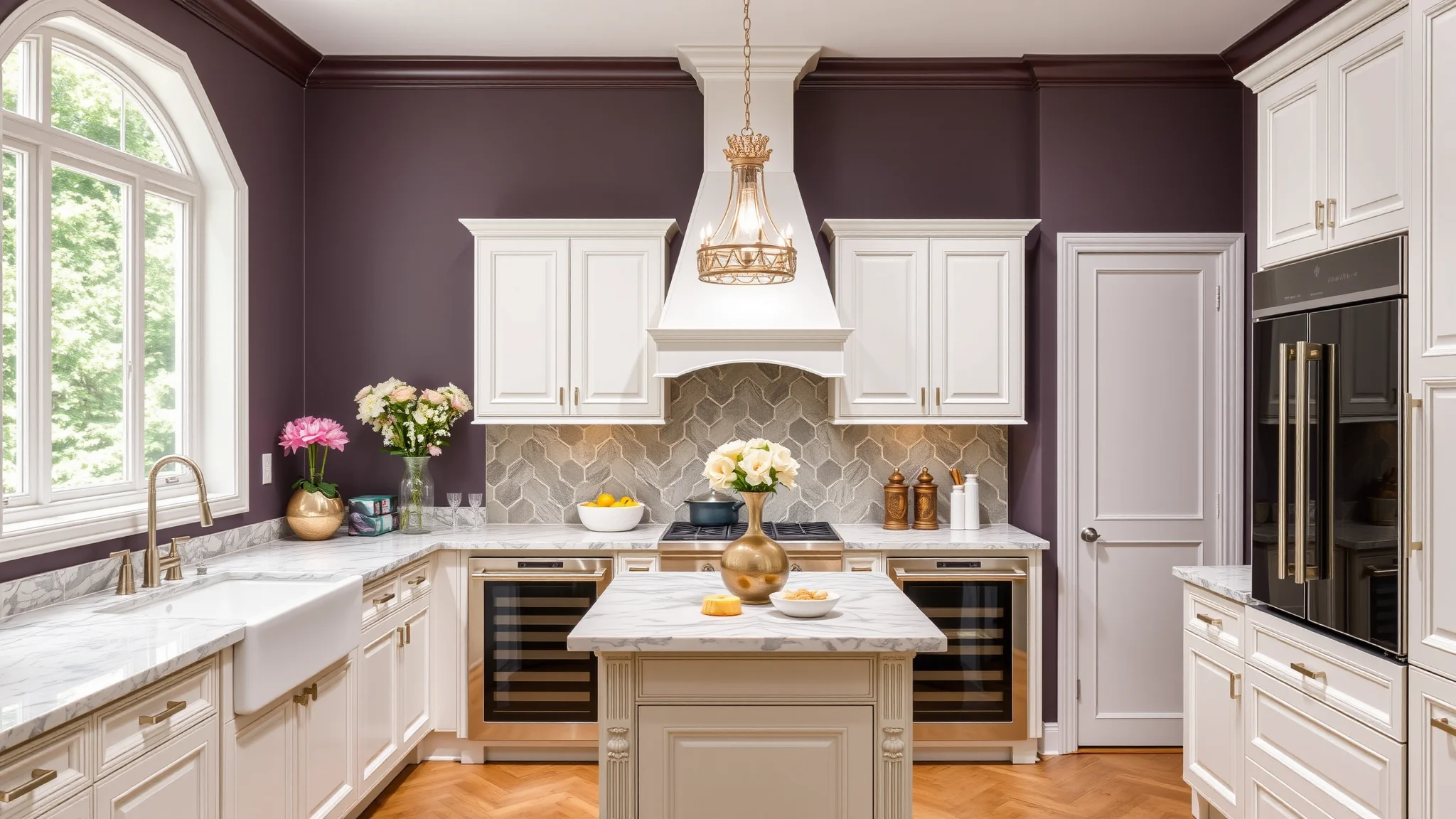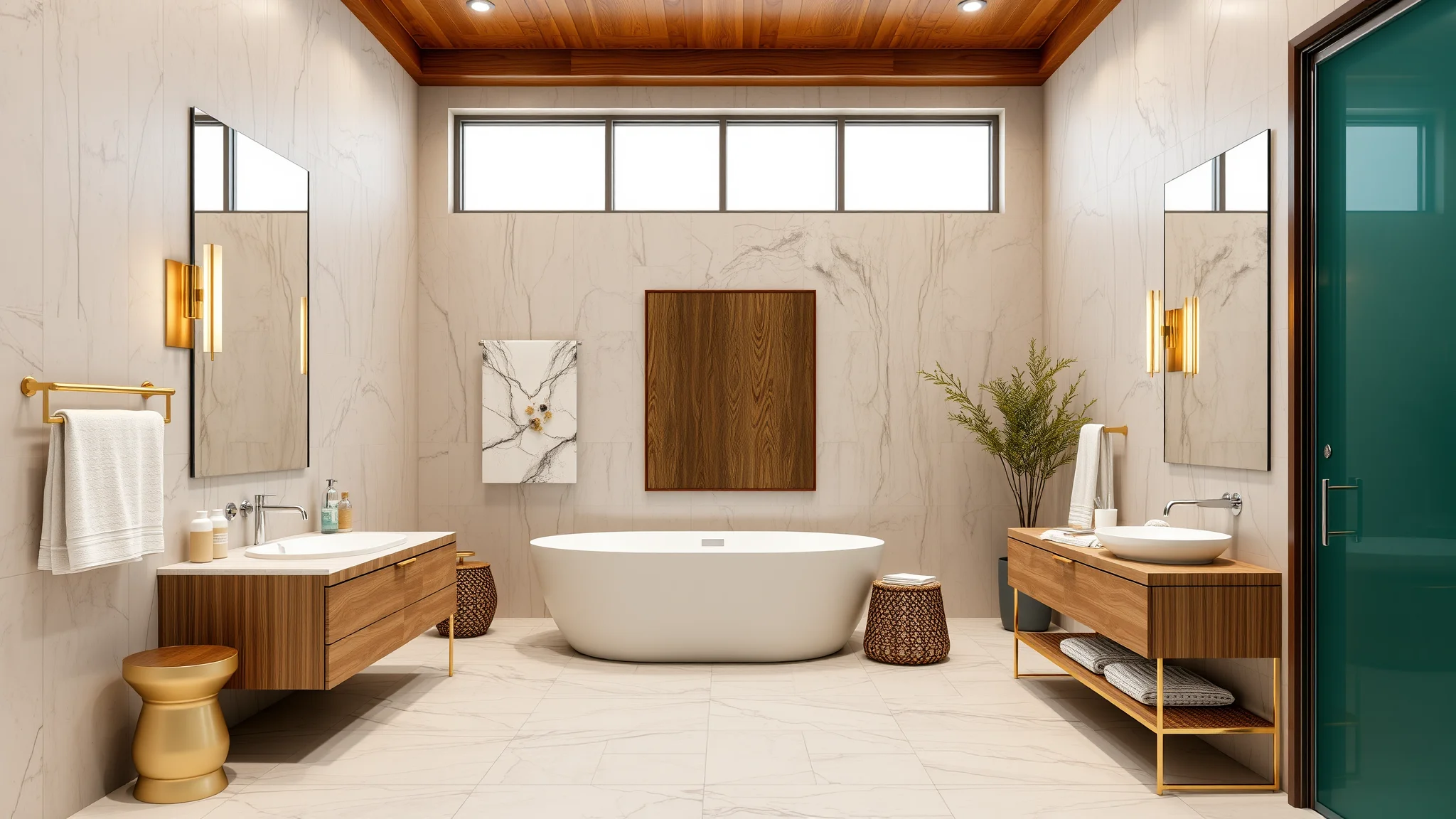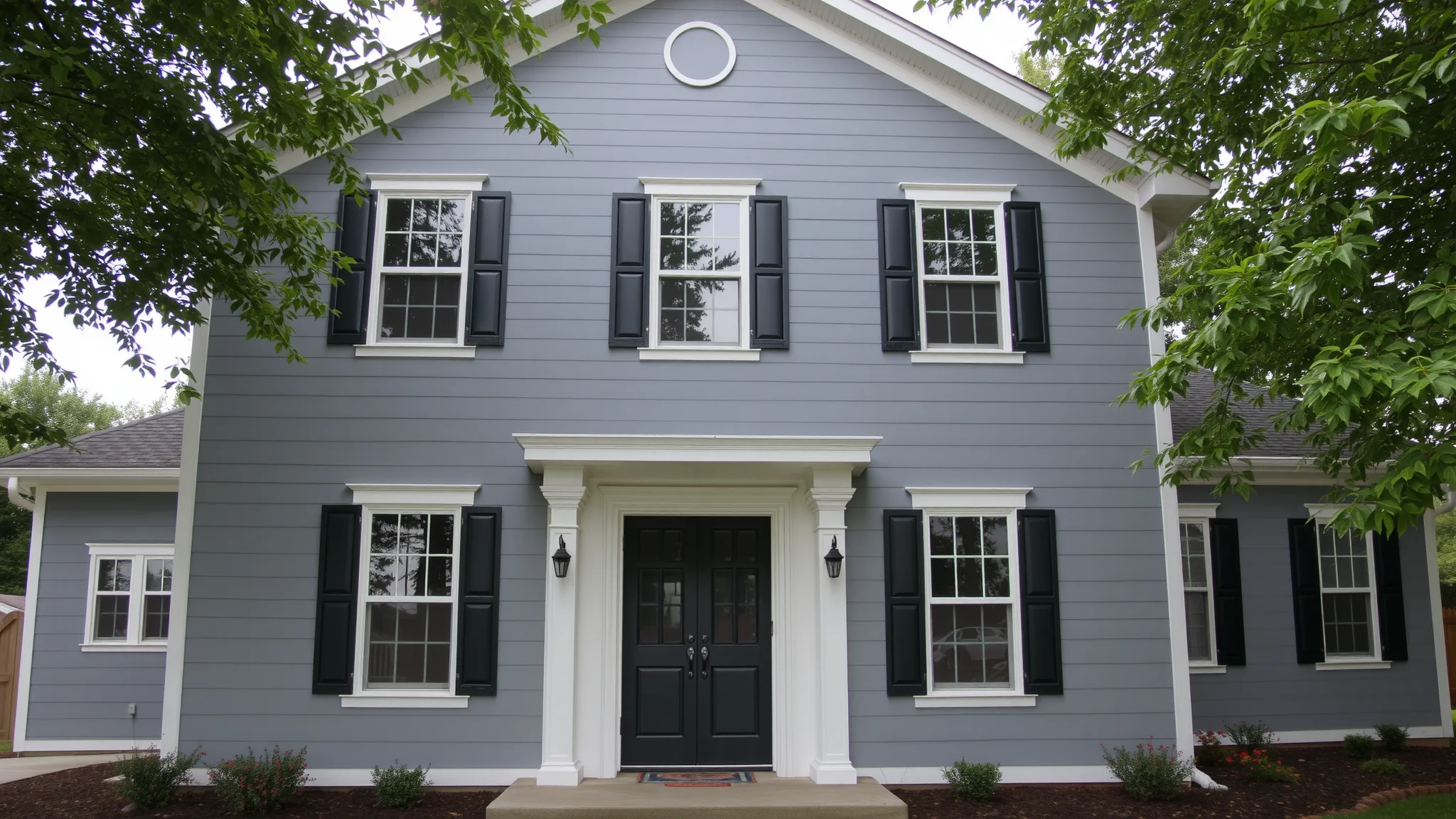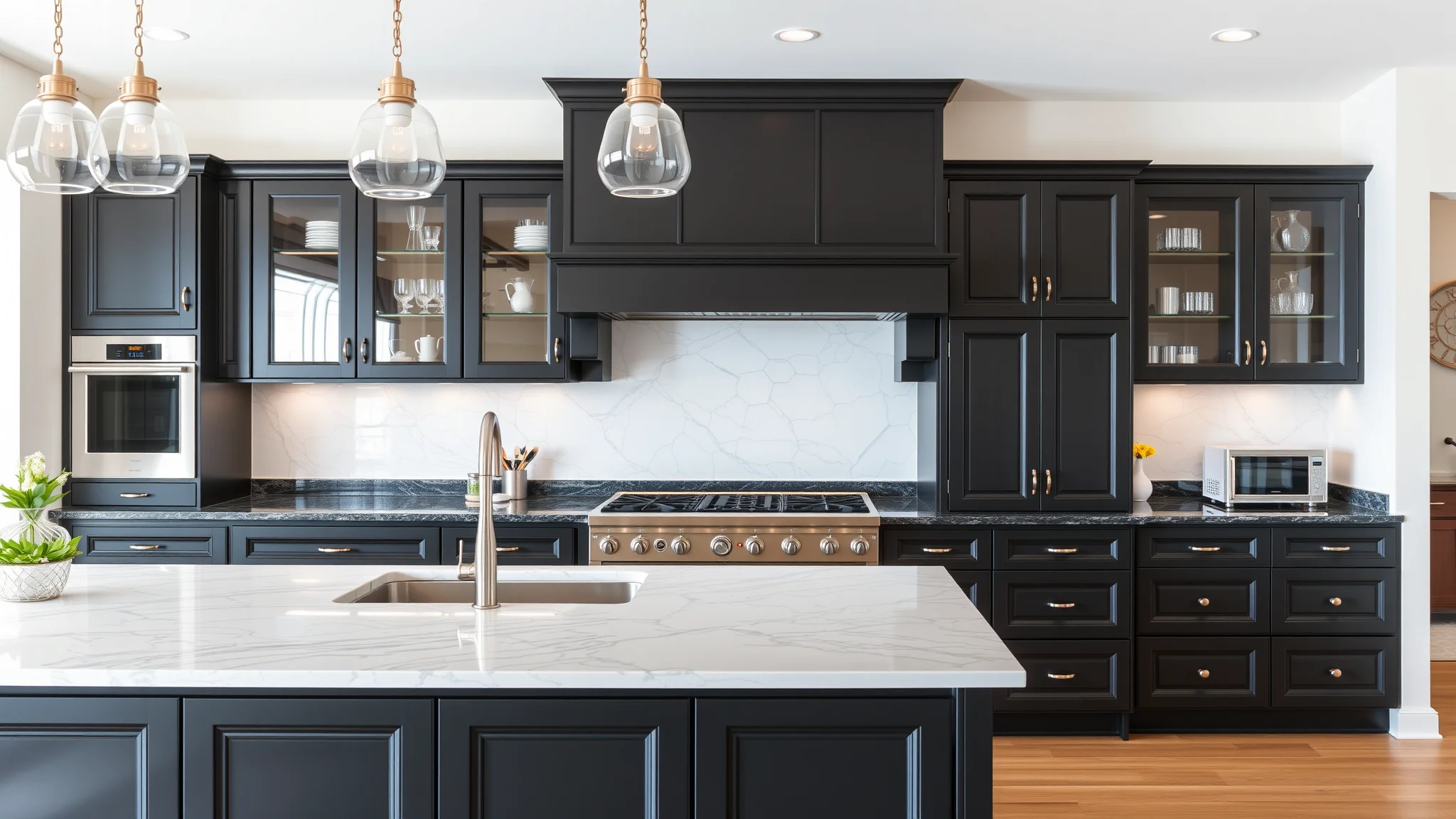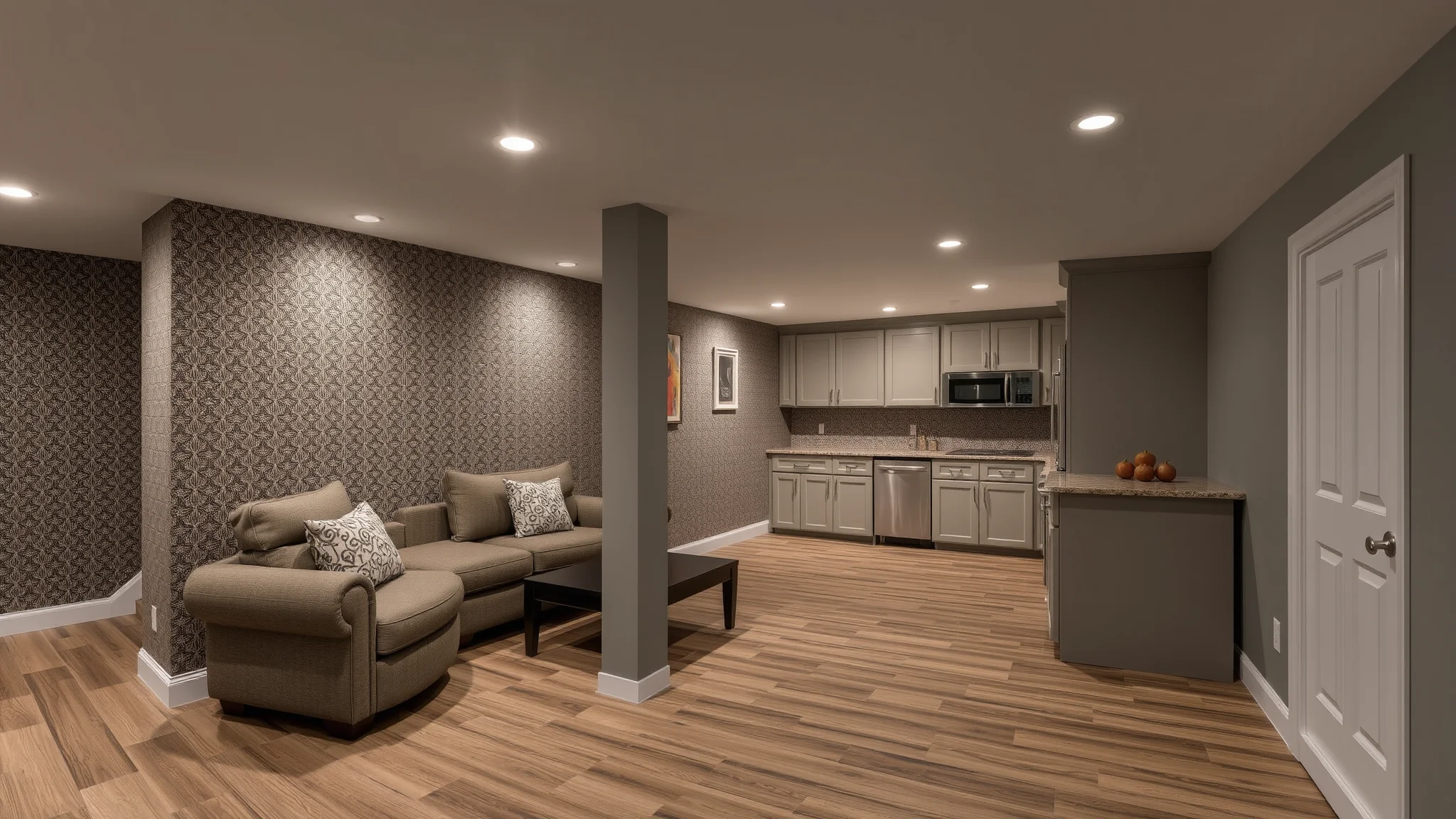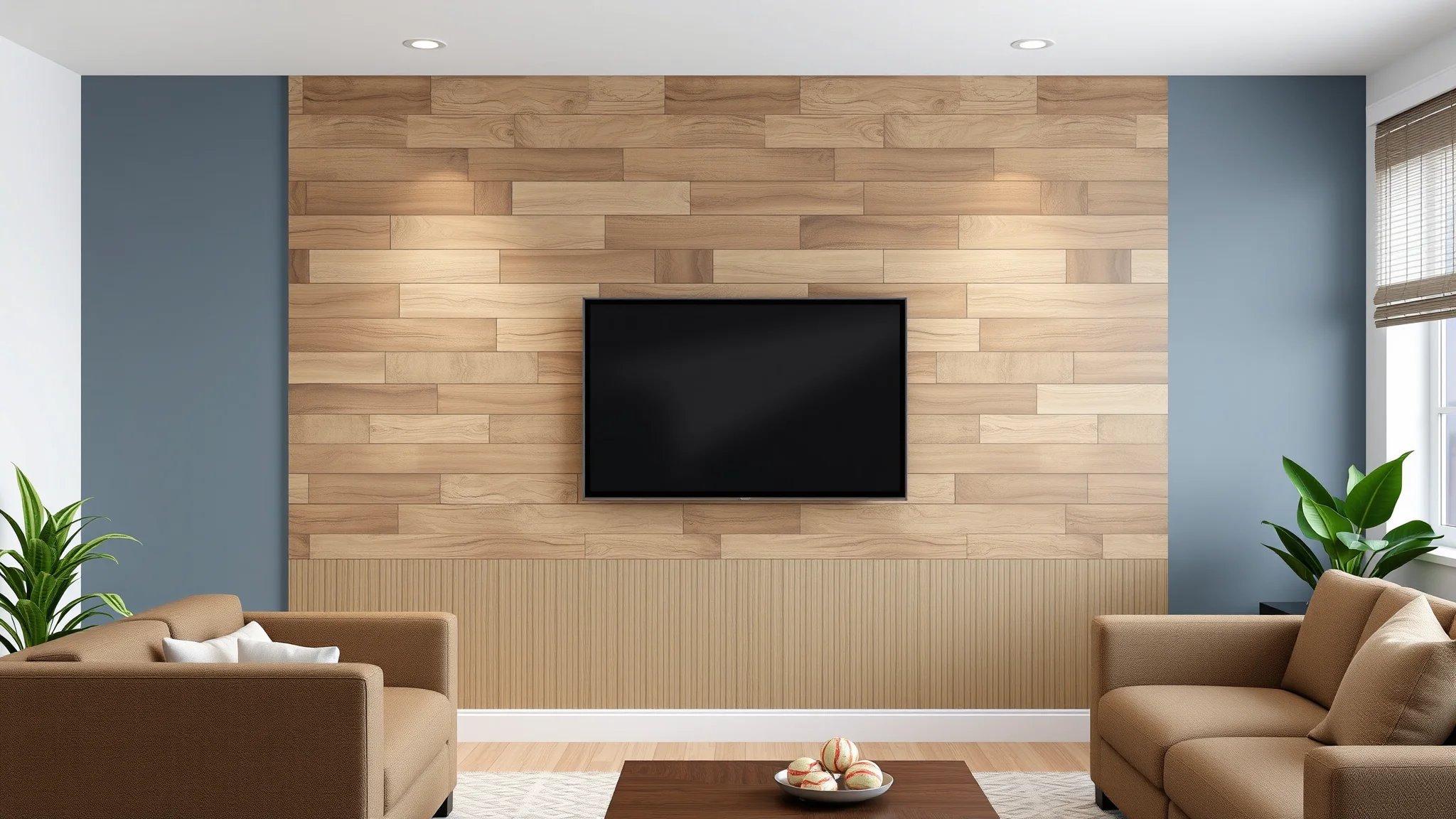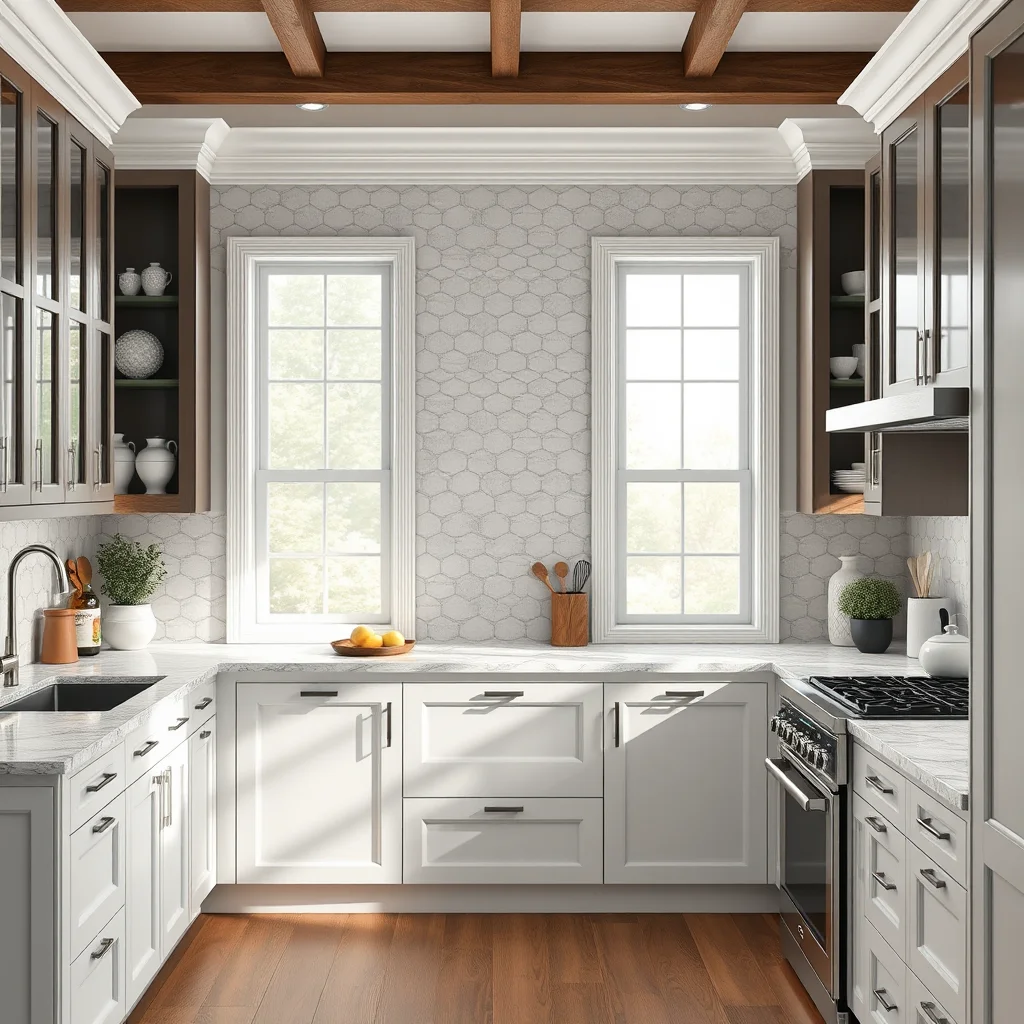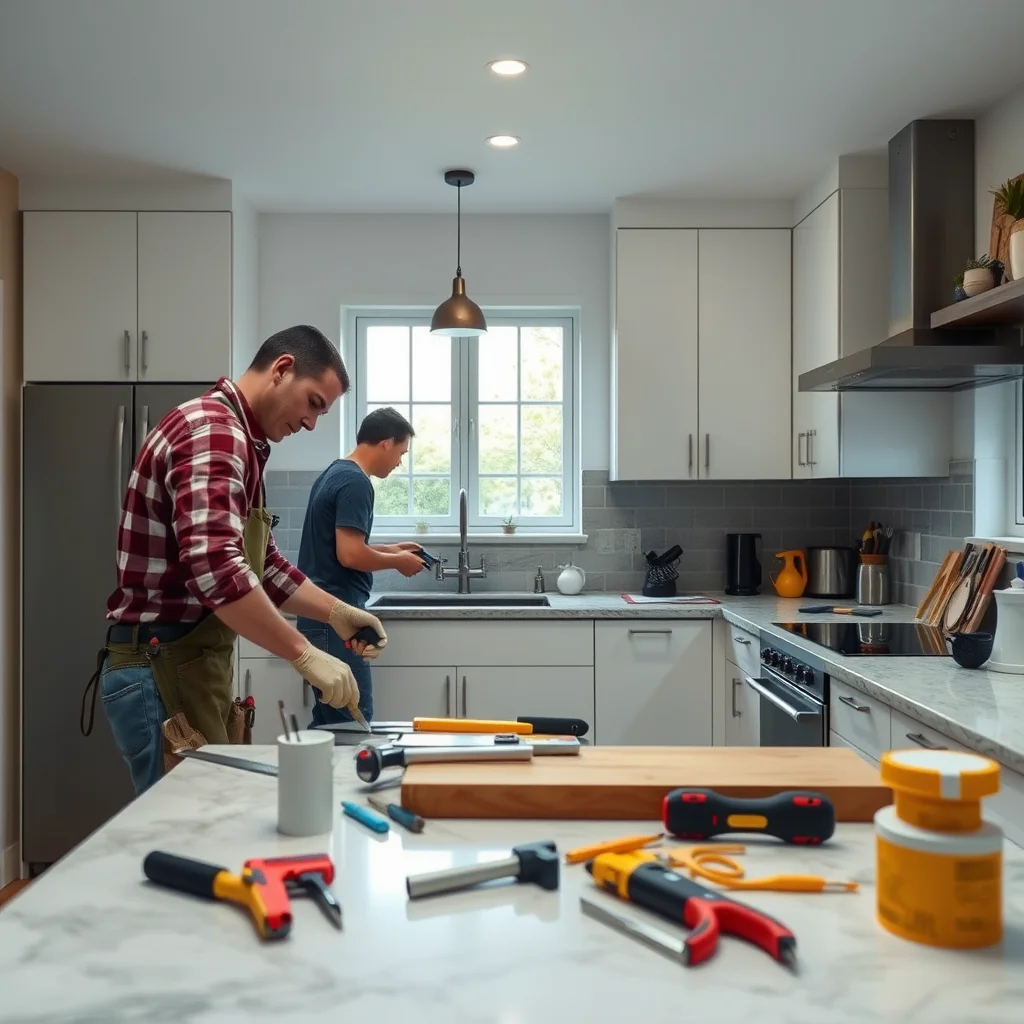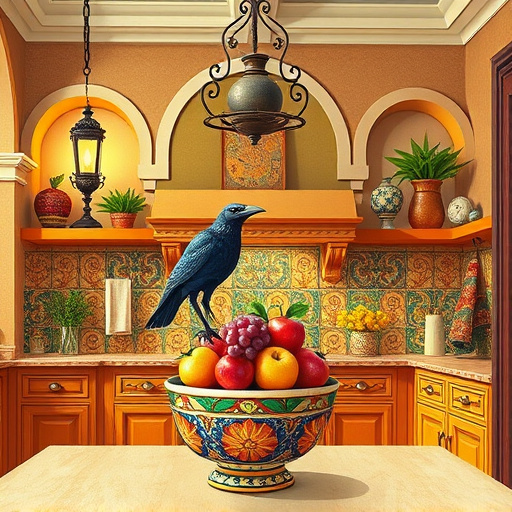
Budget Friendly Kitchen Remodel Tips | Save Money & Transform Your Space
What Can Historical Perspectives Teach Us About Budget Friendly Kitchen Remodel Tips?
Throughout history, kitchens have evolved from simple hearths to sophisticated culinary hubs, reflecting societal values, technological advances, and economic shifts. By examining the heritage of kitchen design and renovation, modern homeowners can glean valuable insights on achieving a budget friendly kitchen remodel. The past offers a wealth of lessons—balancing style, functionality, and cost—particularly for those seeking affordable yet impactful updates.
How Have Historical Kitchen Designs Influenced Today’s Cost-Effective Renovation Strategies?
From the rustic kitchens of 19th-century rural America to the ornate Victorian culinary rooms, historical kitchen designs prioritized functionality with limited resources. Homeowners in bygone eras often repurposed existing materials and incorporated DIY craftsmanship, laying the groundwork for today’s kitchen layout optimization.
Understanding these traditions illuminates the importance of strategic planning, material reuse, and creative problem-solving—cornerstones of budget friendly kitchen remodel tips today. For example, refurbishing vintage cabinetry or repurposing salvaged fixtures offers economic and aesthetic value, echoing time-tested practices.
Why Prioritizing Functionality Can Lead to Cost Savings in Your Remodel?
Historically, efficiency was fundamental—kitchens were designed to maximize use within modest spaces. Modern remodelers can take a page from this utilitarian approach, focusing on the essentials before luxury features. This means assessing your current layout to identify areas where improvements yield the greatest impact without costly overhauls.
In fact, consulting with kitchen remodeling experts can help craft a plan that emphasizes essential functionality, thereby reducing unnecessary expenses while enhancing user experience.
What Are Cost-Effective Ways to Pick Materials That Resonate With Historical Elegance?
Materials selection is critical in maintaining aesthetic appeal without overspending. Historically, many kitchens relied on locally sourced, durable materials like wooden cabinetry, ceramic tiles, and butcher block countertops. Modern equivalents include laminate that mimics stone, reclaimed wood accents, and budget-friendly tile options.
Additionally, exploring vintage or secondhand fixtures taps into the charm of historical kitchens while offering affordability. For instance, antiscald fixtures not only enhance safety—an enduring concern across eras—but also add a vintage touch to your remodeled space.
How Can Strategic Layout Changes Contribute to Your Budget Goals?
Throughout history, efficient kitchen layouts converged on simple, easy-to-maintain designs that prioritized function and flow. Emulating this approach involves evaluating your current layout for improvements such as better cabinet placement, clearer pathways, and optimal appliance positioning.
Professional guidance can be invaluable here. For instance, a remodeling consultation focusing on layout optimization ensures your renovation enhances usability and minimizes costly reconfigurations down the line.
In What Ways Can Reuse and Upcycling Save Costs and Preserve Historical Charm?
Recycling old materials and fixtures embodies a historically rooted principle that combines budget consciousness with aesthetic preservation. Restoring vintage cabinetry, re-glazing antique tiles, or repurposing salvaged fixtures can dramatically reduce costs while maintaining a unique character reminiscent of bygone eras.
Moreover, these sustainable practices align with modern eco-friendly renovation trends, reinforcing your commitment to affordability and environmental responsibility.
Are There Specific Renovation Tips That Combine Safety and Budget Efficiency?
Absolutely. Safety features like anti-scald fixtures exemplify how safety and cost-effectiveness can go hand-in-hand. Installing water fixtures that prevent scalds not only reduces potential hazards but often costs less over time due to durability and energy efficiency.
Furthermore, ensuring compliance with accessibility standards—such as ADA guidelines—can bring long-term savings and broaden your kitchen’s usability, all while maintaining a connection to the domestic safety concerns of earlier generations.
What Role Do Professional Guidance and Expertise Play in Achieving Budget-Friendly Renovations?
Partnering with experienced professionals like those at kitchen remodeling experts in Ann Arbor, Michigan —and other local specialists—can significantly streamline your remodeling process. Experts help identify the most cost-effective solutions, select appropriate materials, and optimize layouts—all while respecting your historical aesthetic preferences.
This collaborative approach ensures your remodel preserves the kitchen’s historical essence while adhering to your budget constraints.
How Can Planning and Phased Upgrades Help Manage Costs Effectively?
Historical renovations often involved phased improvements—upgrading one element at a time to spread out costs while gradually enhancing the kitchen’s charm and functionality. Modern homeowners can adopt this method by prioritizing urgent or impactful updates, such as new flooring or improved lighting, followed by decorative elements like backsplash or cabinet hardware.
This approach allows for flexible budgeting, minimizes disruption, and provides opportunities to incorporate inspiration from historical detailing gradually.
Reclaimed wood, laminate finishes, and painted plywood are popular options that reflect vintage charm without excessive costs. Refinishing existing cabinets also remains a cost-effective way to refresh your kitchen’s appearance.
Searching local salvage yards, estate sales, or online marketplaces offers access to authentic vintage fixtures at reasonable prices. Restoring or reconditioning these items further enhances their appeal and value.
Absolutely. Techniques such as shiplap wall treatments, classic subway tiles, or open shelving with antique hardware can evoke historical aesthetics while remaining affordable. Integrating these elements thoughtfully ensures a timeless look at a fraction of traditional costs.
Final Thoughts: Embracing History for a Budget Friendly Kitchen Remodel
Borrowing inspiration from history not only enriches your kitchen’s aesthetic but also embodies principles of sustainability, resourcefulness, and craftsmanship—key ingredients of budget friendly kitchen remodel tips. By understanding past practices, making strategic redesign choices, and leveraging expert guidance, homeowners can create beautiful, functional, and cost-conscious culinary spaces.
Whether restoring vintage fixtures, optimizing layouts, or choosing historically resonant materials, each step aligns with the timeless wisdom of economizing without sacrificing style. Your kitchen’s transformation becomes a testament to ingenuity rooted in the annals of design history—proving that beauty and affordability can indeed go hand in hand.


